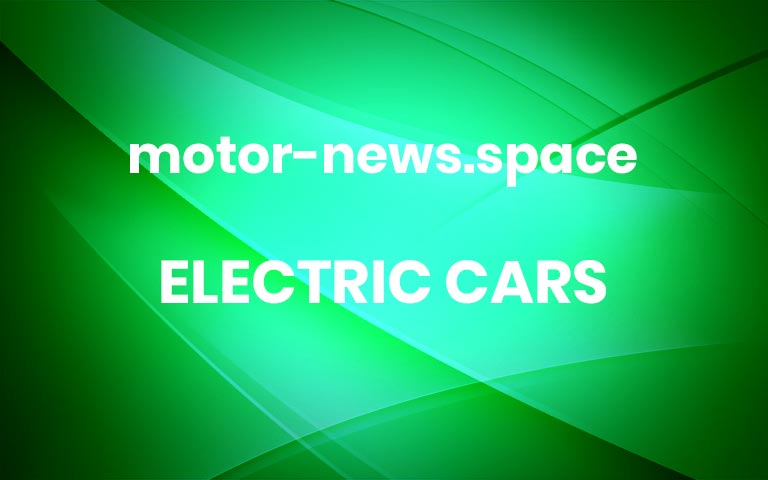Tata Sumo Electric Render In Multiple Colours – Bolero EV Rival
Tata Sumo EV RenderIn electric format, Tata Sumo displays a high level of sophistication and finesse in comparison to the ICE modelTata has successfully resurrected the legendary Safari and there are plans to bring back Sierra as well. Another name that seems to have potential to get a second life is Tata Sumo. To understand the possibilities, digital maestro Pratyush Rout has come up with an exciting render of Tata Sumo electric.Tata Sumo electric renderICE version of Tata Sumo had a powerful street presence. It was one of the key factors that had made the SUV popular. In its electric format, Sumo comes across as a more premium offering. However, the core silhouette and robust street presence are not entirely lost. The boxy profile has been retained, with the edges getting a smooth makeover. The design updates make the SUV appropriate for family use as well.Tata Sumo EV RenderSome of the key highlights include sleek headlamps similar to that of Harrier, full-width LED lighting element, a closed-off grille, trapezoidal fog lamps and prominent front bumper. The heavy bonnet seen with the ICE version has been chiselled out to achieve a refined appearance. Side profile has squared wheel arches, large alloy wheels, flush door handles, dual-tone rear view mirrors and blacked-out B and C pillars. At rear, Sumo electric will look great with sporty tail lamps and rugged bumper.In its electric format, Sumo will shift to a monocoque chassis. With an electric powertrain, a lot more space should be available. Sumo electric will also be getting a range of new equipment and features. These could be borrowed from Tata’s updated models such as Harrier facelift and Safari facelift.Tata Sumo EV RenderSome of the key highlights could include a large touchscreen for the infotainment system, a full digital instrument console and Tata’s new two-spoke steering wheel with backlit Tata logo. Top-spec variants could be equipped with ADAS.Tata Sumo EV RenderTata Sumo electric performanceTata Sumo electric could use a tweaked version of the powertrain to be deployed with upcoming Harrier electric and Safari electric. Tata Sumo can have a range of around 400 km to 500 km. Just like existing Tata electric cars, Sumo electric could get a long-range version at a higher price point.Performance is expected to be much better in comparison to the ICE version. The last version, Sumo Gold, was equipped with a 3.0-litre four-cylinder diesel engine. It generated 85 hp of max power and 250 Nm of peak torque.Tata Sumo EV RenderWhile Sumo was quite popular once, it had to face stiff competition from rivals like Mahindra Bolero in later years. Prior to its discontinuation in 2019, there weren’t many takers for the SUV. With stricter safety and emission norms, a decision was taken to discontinue Tata Sumo. As Mahindra has confirmed Bolero electric, it is possible that Tata may bring back Sumo electric. It will be interesting to see how Sumo and Bolero face-off in electric format. More


